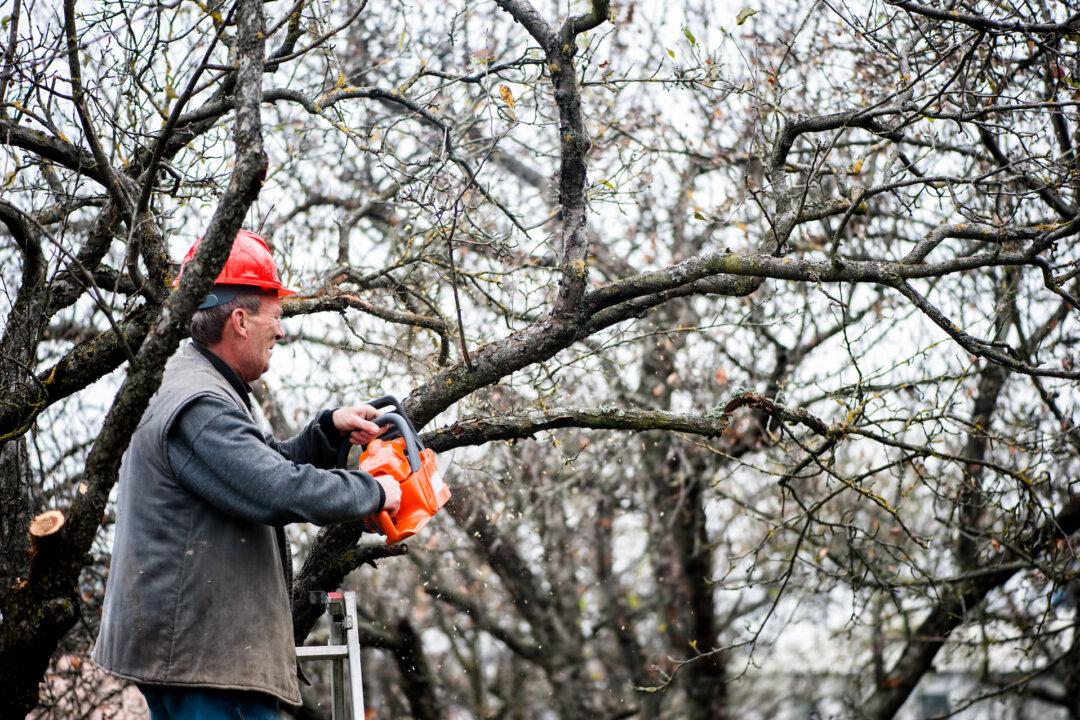Professional tree trimmers work year-round and know how to effectively maintain actively-growing trees. DIYers who want this to be a one-time project should consider trimming in the winter when the trees are dormant.
There will still be a burst of growth in the spring, but winter trimming lasts longer and is easier to do with no leaves in the way. Deciduous trees always shed their leaves in the winter, which allows a good view of branches to determine which should be trimmed back or cut off entirely. Always remove dead or damaged branches, especially before they have to bear the weight of snow.






